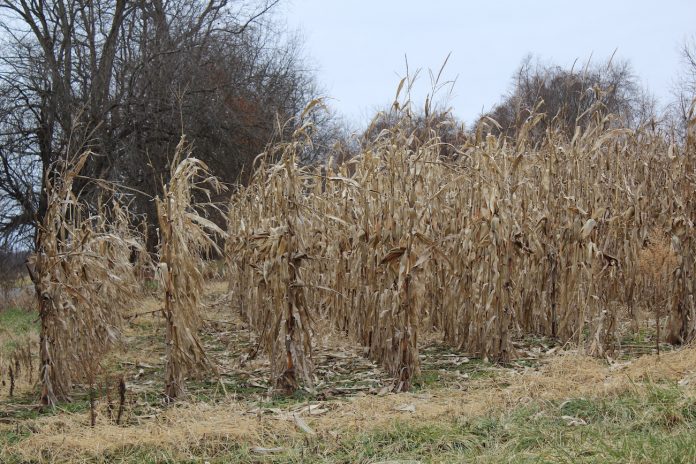
SALEM, Ohio — It’s safe to say that 2019 has been a tumultuous year for growers.
An incredibly wet spring gave way to dry conditions later in the year. What did that mean for harvest?
It all depends on where you are.
“The highs and lows were much further apart than you’d see in a normal year,” said Justin Brackenrich, agronomy educator with Penn State Extension. “There was some really good stuff, like 200 bushels per acre, and some bad stuff, less than 100 bushels per acre.”
Harvest progress
Things are moving along a little better than last year.
Ohio had 93% of its corn harvested on Dec. 8, compared with 94% in 2018, according to the U.S. Department of Agriculture Crop Progress report released on Dec. 9. It’s the final report for the year.
Pennsylvania had 91% of its corn in on Dec. 8, compared with 82% at that time in 2018.
Brackenrich said many people were able to take advantage of early harvest in September and October. Things stalled out as fall went on and rain, and sometimes snow, came in.
“Producers would always want to get in and get out faster than what they are doing, but from what I have seen, we are ahead of the 2018 harvest,” he said.
Quality
Soybeans fared better than corn in terms of yield and quality, thanks to the resiliency of the bean plant, Brackenrich said. If a bean plant dies, the neighboring plant will grow and fill in that space.
It was a tough year for corn, though. The wet spring washed out or rotted seeds and drowned plants. Then stress came later with the drought.
“Not to say there wasn’t really good corn in places, but there was some really bad corn in others,” Brackenrich said.
Hay
Forages and hay is another story. The late first cutting set many people back. “But if they stayed on it, they were able to make up some ground later in the year,” Brackenrich said.
Another problem though? Brackenrich said they saw a lot of forage disease and fungi this year, possibly due to the warmth and humidity. The disease could have limited production.
Prevented plant
Ohio planted 8.7 million acres this year. In contrast, there were 1.5 million prevented plant acres in 2019, according to Farm Service Agency data. That’s the second most in the country, under South Dakota, which had 3.9 million prevented plant acres.
Pennsylvania planted 2.6 million acres and had 46,986 prevented plant acres.
This year saw more than 19.4 million prevented plant acres nationwide, the most since the Farm Service Agency began releasing the report in 2007.
(Reporter Rachel Wagoner can be contacted at 800-837-3419 or rachel@farmanddairy.com.)









